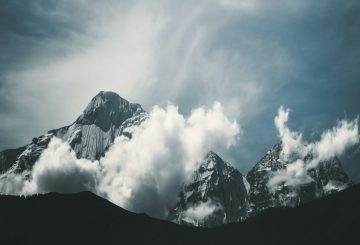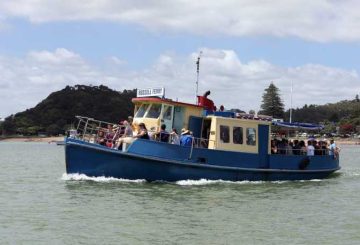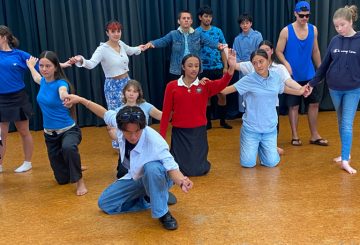艺术和文化带来舒适和欢乐,尤其是在充满挑战的时期。它们促进福祉,团结社区,加强社会纽带。
但是,新西兰的创意产业正处于危机之中。尽管政府已向Creative New Zealand Toi Aotearoa额外捐赠了2200万新西兰元,但该行业的财务挑战表明,Manatu Taonga文化和遗产部缺乏更广泛的战略。
在过去的三年中,疫情扰乱了奥特亚罗阿的艺术界。奥克兰的西洛剧院暂停了2023年的节目,重点介绍了疫情对艺术资金和出席人数的影响。最近发生的事件,例如奥克兰的洪水和飓风加布里埃尔的破坏,进一步阻碍了艺术的复苏。奥克兰骄傲节面临干扰,纳皮尔装饰艺术节被取消。
创意领域的财务状况令人担忧。2019年,创意专业人士的平均年收入为36,000新西兰元,低于生活工资。由于通货膨胀,艺术家和观众的成本都在上升。尽管有资金需求,但Creative New Zealand的拨款成功率却有所下降。他们最新一轮的融资限额为250份申请,在24小时内开始并结束,这凸显了艺术家面临的压力。
在疫情期间,文化和遗产部一直在管理新的资助计划,往往忽视了核心的艺术和文化活动。随着COVID复苏资金即将结束,政府缺乏长期战略令人担忧。
相比之下,澳大利亚对待艺术的态度更为积极。尽管贾辛达·阿登的工党政府对艺术给予了积极评价,但实际投资一直不足。另一方面,澳大利亚安东尼·阿尔巴尼斯的工党政府将在四年内为其复兴国家文化政策投入2.86亿澳元。这为新西兰提供了如何制定全面的文化政策的见解。
对新西兰来说,国家战略可以最大限度地利用资源,突出ngātoi(艺术和创造性表达)的重要性。Ngātoi 被认为对心理和精神健康至关重要。






























































